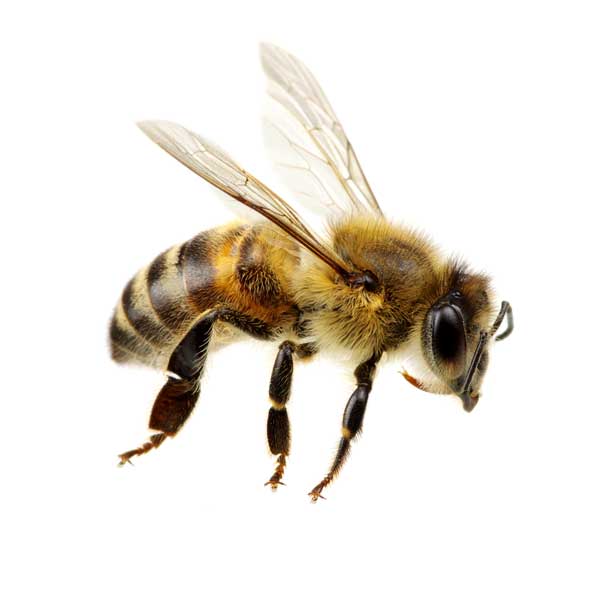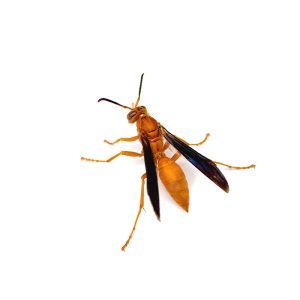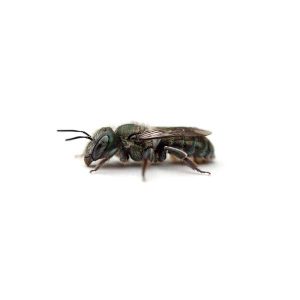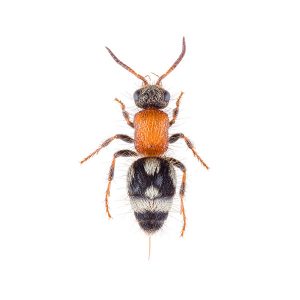Honey bees are among the most essential creatures on our planet. Known for their incredible role in pollination, they contribute to the natural environment and our food supply. They are fascinating insects with complex behaviors and a vital role in the ecosystem.
These bees are active pollinators that, true to name, produce honey. Their colonies can survive for years. Queen honey bees are slightly larger than male honey bees, also known as drones. They are found all over the nation and pollinate more than 100 types of crops.
The two main types are Africanized honey bees and European honey bees. The latter is much more aggressive than the former. Honey bees will swarm when the colony becomes too large for its hive.
Characteristics
Honeybees are small, flying insects best known for their ability to produce honey and beeswax. These social insects live in colonies and are crucial for pollinating many of the plants we rely on for food. A typical colony consists of a queen, worker bees, and drones.
Worker bees (which are female) are responsible for gathering nectar and pollen, tending to the hive, and caring for the queen and young. The drones, male bees, exist to mate with the queen.
Honey bees have a highly organized and structured society, where each bee has a specific role to ensure the colony’s survival. Their ability to communicate and work together makes them one of the most successful species on Earth.
Identification
Honey bees are easy to identify if you know what to look for. They typically measure around 1/2 inch long and are covered in fine hairs that help them collect pollen. Their bodies are usually golden brown with black stripes, although some can be darker or lighter. Honey bees have two pairs of wings, six legs, and large compound eyes.
A defining feature of honey bees is their barbed stinger. Unlike wasps, honey bees die after they sting because the stinger becomes lodged in the skin of the target. This is a defense mechanism designed to protect the hive.
Habitat
Honey bees can be found in a variety of habitats, as long as there are flowers for them to pollinate. They tend to Honey bees often build their nests in tree crevices, but will occasionally build nests in attics or chimneys.
Honey bees are most visible in summer and late spring when new queens leave their old colonies along with thousands of workers to build new nests in tree hollows or crevices. At this time, large groups of bees can be seen swarming together to find a new nesting place. It takes a swarm approximately 24 hours to locate a new nesting site.
Honey Bees in America
These bees play a crucial role in American agriculture. They pollinate crops such as apples, almonds, blueberries, and cucumbers, among many others. Nearly one-third of the food we eat relies on pollination by bees.
However, honey bee populations in the U.S. have faced significant challenges. Pesticides, habitat loss, and the spread of diseases and parasites—like the Varroa mite—have caused declines in bee populations.
Despite these challenges, efforts to protect and support honey bee populations, such as bee conservation programs and urban beekeeping, have been growing in the U.S.
Honey Bees Behaviors, Threats, or Dangers
Honey bees do sting, but can only sting once. They are generally non-aggressive and typically sting only when they feel threatened or their hive is in danger. Honey bee stingers are a defense mechanism designed to protect the colony. While a single sting might be painful, it is generally not dangerous unless the person is allergic.
Only female workers are capable of stinging and are not likely to sting when foraging for nectar and pollen in the backyard. Bee stings generally happen when these docile bees are provoked or accidentally crushed. The stinger of the honey bee, having barbs, will remain in the skin unless physically removed.
The method of removing the stinger, either grasping with fingers, tweezers, or scraping from the skin, is not as important as removing the stinger as quickly as possible. Honey bee stings are quite painful and even life-threatening to a small percentage of people who are allergic to the venom.
While most swarms are harmless unless provoked, certain species of bees, like the Africanized honey bee, are extremely aggressive and may attack unprovoked.
Need Help with Honey Bee Control?
Dealing with a honey bee infestation? Our experienced team is here to protect both your home and the bees. Contact Active Pest Control today for expert advice.
Are Honey Bees Hard to Get Rid of?
If honey bees establish a hive in or around your home, it’s important to consider that they are beneficial to the environment. However, if a colony poses a danger or is in an inconvenient location, you may need to remove them.
It is not advisable to simply try to eliminate them yourself, as they are protected in many areas due to their importance in pollination.
Instead, contact a professional beekeeper or pest control experts that specializing in bee relocation. These experts can remove the hive without harming the bees and often relocate the colony to a safer environment.
Our team at Active Pest is trained to handle honey bee removal responsibly – and avoid harming these important insects. Contact us today for safe hive removal!
How Many Honey Bees Count as an Infestation?
An infestation is generally considered when many bees—often in the thousands—have created a hive in an area that poses a danger or inconvenience. A typical honey bee colony can contain anywhere from 10,000 to 50,000 bees, depending on the time of year and the hive’s health.
If you notice a large number of bees congregating around a specific location or see a hive being established near your home, it’s important to take action quickly. In such cases, it’s recommended to contact a professional to assess the situation and safely handle nest removal, if necessary.
If a bee swarm is sighted, the most important thing to do is leave it alone. Always call a professional bee control expert for help with hives and swarms.
Need help with pest control?
Ready for your FREE quote?
Fill out the form below and we’ll be in touch!
*During normal business hours. After hours inquiries will be returned the next business day.
FAQs:
Do Honey Bees Bite or Sting?
Honey bees do not bite. They only sting when they feel threatened or when their hive is in danger. Their stinger is barbed, and after stinging, they die. A sting can be painful, but it’s usually only dangerous to those who are allergic.
What is so special about Honey Bees?
Honey bees are extraordinary for their role in pollination, which is essential for the production of many fruits, vegetables, and nuts.
They also produce honey and beeswax. Their social structure, with distinct roles for each bee, and their ability to communicate via the “waggle dance” make them unique among insects.
How many Honey Bees are in a Colony?
A typical honey bee colony can range from 10,000 to 60,000 bees, depending on the season. During peak times, a hive can be at its largest, with many worker bees, a queen, and some drones. The colony’s size fluctuates throughout the year.
Do Honey Bees Recognize You?
Honey bees can recognize individual humans, particularly those who frequently interact with them. They do so by using their excellent vision and memory.
While they are not likely to form bonds with people, bees can remember and identify specific individuals, especially if they have been perceived as a threat or provider of food.
Should I Leave Honey Bees Alone?
Yes, if honey bees are not posing an immediate danger, it’s best to leave them alone. They are beneficial insects essential for pollination and play a vital role in our ecosystem.
If they are near your home but not causing harm, allow them to carry on their work. If they pose a threat or are in an inconvenient location, contact a professional for safe relocation.





